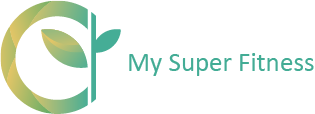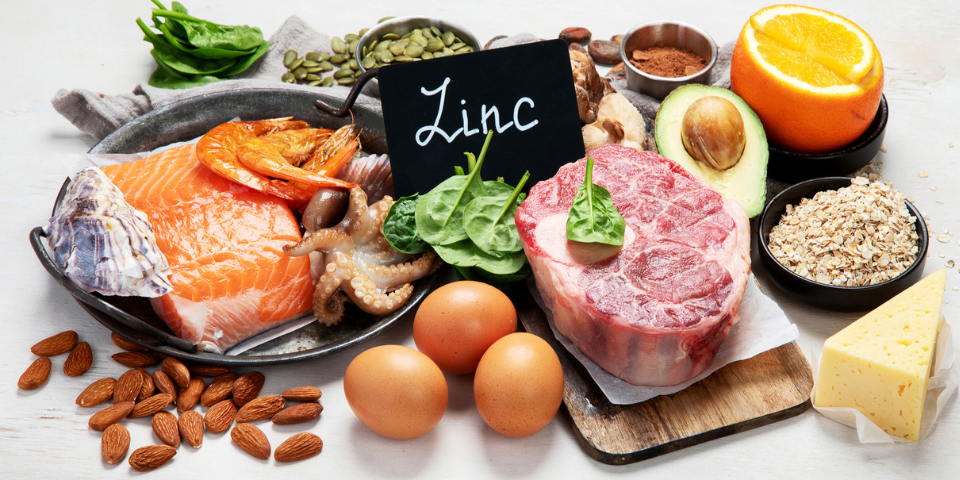Zinc isn’t a nutrient that most of us think about on a regular basis. But it is an essential mineral, meaning we have to get it from food since our bodies can’t produce it on their own. That makes it important to consume foods high in zinc for a rounded diet.
Read on to find out which foods are highest in zinc and which are lower than you might think.
What Is Zinc?
“Zinc is an essential mineral necessary for the proper function of your immune system and wound healing. It also plays a role in other important body functions such as synthesizing protein and helping maintain your sense of taste and smell,” says Amy Gorin, MS, RDN, owner of Amy Gorin Nutrition in the New York City area.
Zinc Benefits

Zinc might come last alphabetically on the list of essential nutrients, but it’s responsible for some pretty important tasks. “Virtually all cells contain zinc,” says Laura N. Brown, MS, RD, LD, director of nutrition at Kroger Health.
Helps immune function*
“Zinc plays an important role in your immune system,” says Gorin. “When you’re deficient in zinc, this impacts how T-cells develop and work. Your T-cells are in charge of many immune responses, including attacking bacteria, viruses, and other foreign substances. When you’re deficient in zinc, you are more susceptible to illness because your natural immune defenses are down.”
This is why some people might reach for a zinc lozenge when they start to feel a cold coming on.
Contributes to several bodily processes*
Brown broke down zinc’s other main roles:
- Helps cells fight free-radicals
- Assists with growth and development
- Helps with the synthesis, storage, and release of insulin
- Aids in wound healing by interacting with blood platelets, which are important for clotting
- Helps regulate gene expression, specifically DNA and RNA
- Involved in thyroid hormone function
- Plays a role in learning and behavior
- Activates vitamin A, which is necessary for eye health
- Is necessary for taste perception
How Much Zinc Should I Get Per Day?
The Recommended Dietary Allowance (RDA) is the average dietary intake per day of a given nutrient necessary to meet the requirements of nearly all healthy individuals.
The RDA for zinc is
- Adult men: 11 mg
- Adult women: 8 mg (during pregnancy: 11 mg; during lactation: 12 mg)
Are there side effects of getting too much zinc?
You can easily overdo it on zinc. “More is not better,” says Andrea Giancoli, MPH, RD. “Zinc is a mineral, so it’s not getting broken down.”
So, what can happen?
- Nausea
- Vomiting
- Diarrhea
- Abdominal cramps
- Loss of appetite
- Headaches
“Zinc toxicity can occur from food-based or supplement-based sources,” says Gorin. “The tolerable upper limit isn’t very high, so definitely make sure you’re not overdoing it on supplements or lozenges. And if there are instructions on a supplement or lozenge to take the product only for a specific number of days/servings, definitely make sure to follow those instructions.”
What happens if I have a zinc deficiency?
“Zinc deficiency is not common in developed countries,” says Brown. But it can happen and can have plenty of health consequences, especially for pregnant women, young children, and older adults, who are more susceptible to deficiency.
Gorin broke down the potential symptoms: “The list is long and may include loss of appetite, diarrhea, impaired immunity, hair loss, weight loss, abnormal taste, eye and skin lesions — and even growth retardation, delayed sexual maturation, or impotence.”
Top Food Sources of Zinc
In general, the foods highest in zinc are animal foods, especially shellfish, says Giancoli. But don’t worry if you’re vegetarian or vegan, she says. Beans, whole grains, and fortified breakfast cereals and breads can help you meet your daily needs.
Giancoli cautions that if you’re relying on plant-based sources of zinc, you might need up to 50 percent more. “The phytates in these foods actually bind some of the zinc and inhibit the absorption,” she says, adding that soaking and/or sprouting whole grains and legumes can help boost the bioavailability of not only zinc but other nutrients.
Here’s a rundown of some common foods high in zinc — followed by some that are good sources, and others that you might be surprised to find aren’t so high in this essential mineral.
Foods high in zinc
The following foods contain at least 2.2 mg of zinc per serving.
1. Oysters
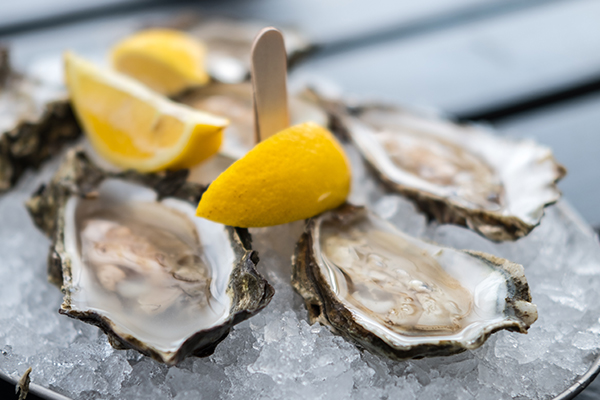
Zinc: 32.2 mg | Serving size: 3 oz., raw
The same amount of canned oysters has a whopping 77 mg of zinc. So don’t overdo it on the oysters — 40 mg is considered the upper level of safe, says Giancoli.
2. Wheat germ
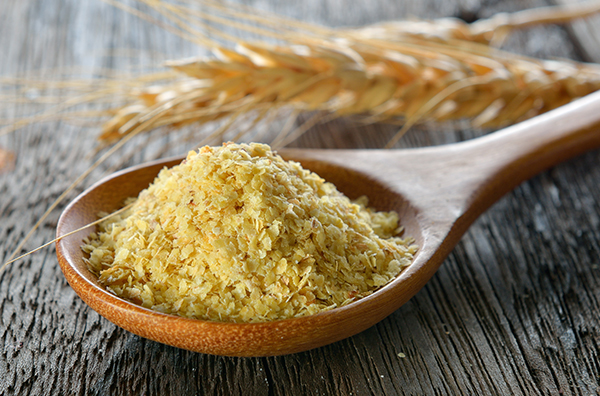
Zinc: 4.7 mg | Serving size: ¼ cup, toasted
Swap in wheat germ for your morning oats or sprinkle it on yogurt for a snack.
3. Beef
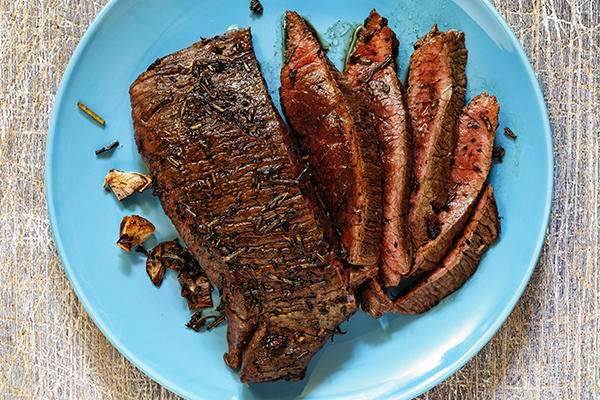
Zinc: 4 mg | Serving size: 3 oz., ground, 93% lean
Looking to boost your protein intake? A burger that’s 7% is not only an excellent source of zinc, but also contains nearly 18 g of protein.
4. Pumpkin seed kernels
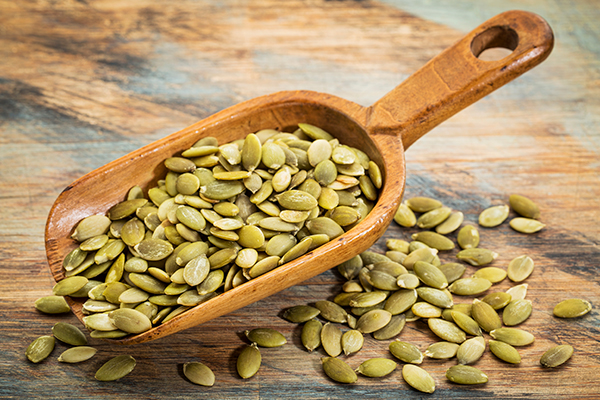
Zinc: 2.5 mg | Serving size: ¼ cup, dried
Known also as “pepitas” when shelled, these crunchy little seeds are perfect on top of salads or popped.
5. Hemp seeds
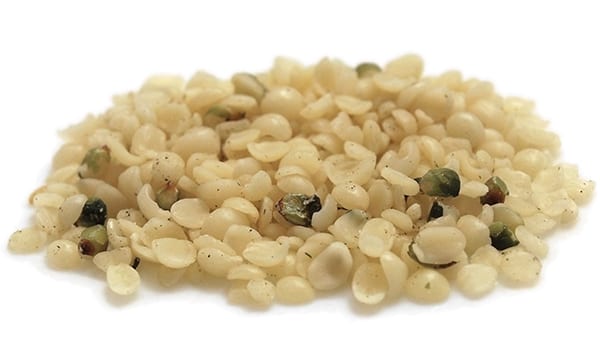
Zinc: 2.9 mg | Serving size: 3 Tbsp., hulled
Three tablespoons of hulled hemp seeds are an excellent source of zinc and total 9 g of protein.
6. Lentils

Zinc: 2.5 mg | Serving size: 1 cup, cooked
“I recommend that anyone include pulses in their diet… These protein sources (18 g/cup) are among the best vegetarian sources of zinc,” Gorin says.
7. Chickpeas
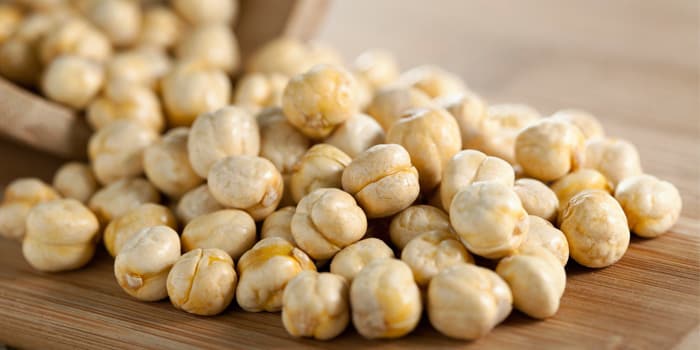
Zinc: 2.5 mg | Serving size: 1 cup, cooked
Bring on the dessert hummus! A one-cup serving of cooked garbanzo beans also contains almost 15 g of protein.
8. Mussels
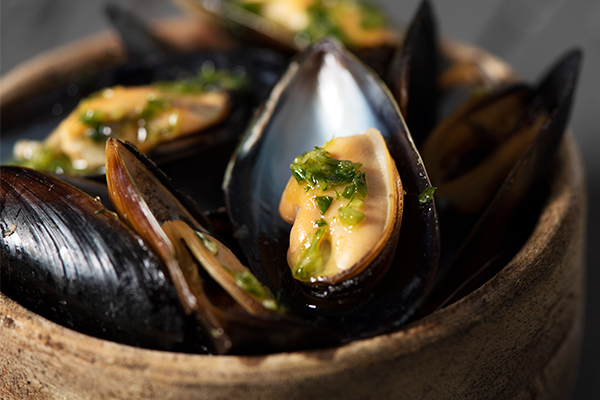
Zinc: 2.3 mg | Serving size: 3 oz., steamed
Shellfish like mussels are packed with minerals and vitamins, including B12.
9. Yogurt
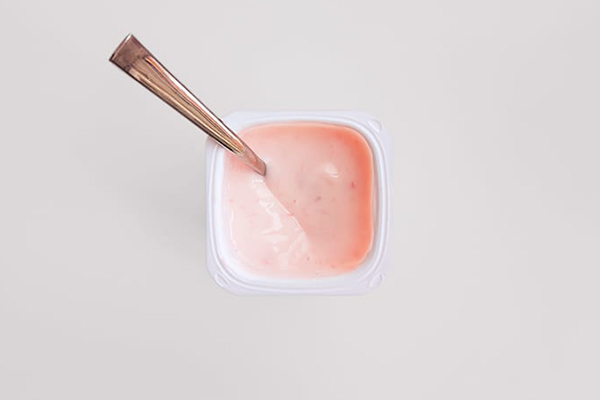
Zinc: 2.2 mg | Serving size: 1 cup, plain, low-fat
Yogurt’s nutrient density and versatility make it perfect for finding creative ways to work more of it in to your meals.
Good food sources of zinc
The following foods contain at least 1.1 mg of zinc per serving.
10. Oats
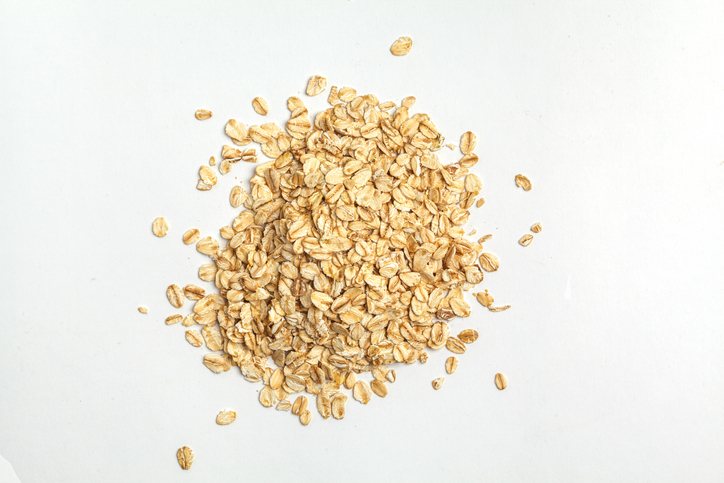
Zinc: 1.6 mg | Serving size: ½ cup, fortified
All the more reason to eat overnight oats for breakfast!
11. Cashews
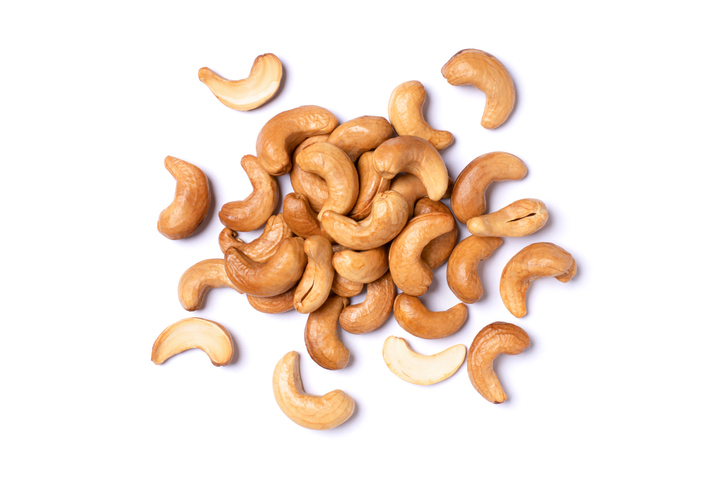
Zinc: 1.6 mg | Serving size: 1 oz., raw
A serving of cashews is also an excellent source of iron and magnesium, has healthy fats, and is a good source of protein (5 g). You can even get some of your RDA in the form of vegan queso.
12. Shrimp

Zinc: 1.4 g | Serving size: 3 oz.
A serving of cooked shrimp is high in protein (20 g) and also qualifies as a good source of zinc.
13. Turkey breast
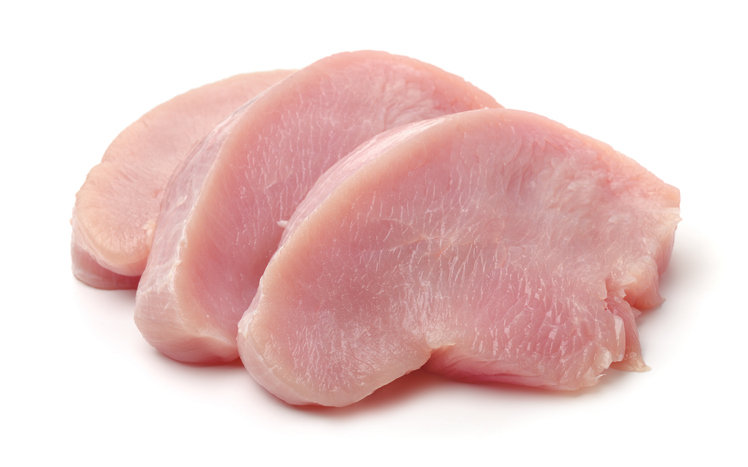
Zinc: 1.3 mg | Serving size: 3 oz., roasted
In addition to delivering 25 grams of protein, a serving of roasted turkey is a good source of zinc. So add some turkey recipes to your meal plan this week!
14. Swiss cheese

Zinc: 1.2 mg | Serving size: 1 oz.
Zinc values vary across the different types of cheese, but swiss is a great option, as it serves 1.2 mg of zinc per ounce and is widely accessible. You can also get roughly 10 percent of your daily value from a single serving of Gruyère and Gouda.
15. Rice
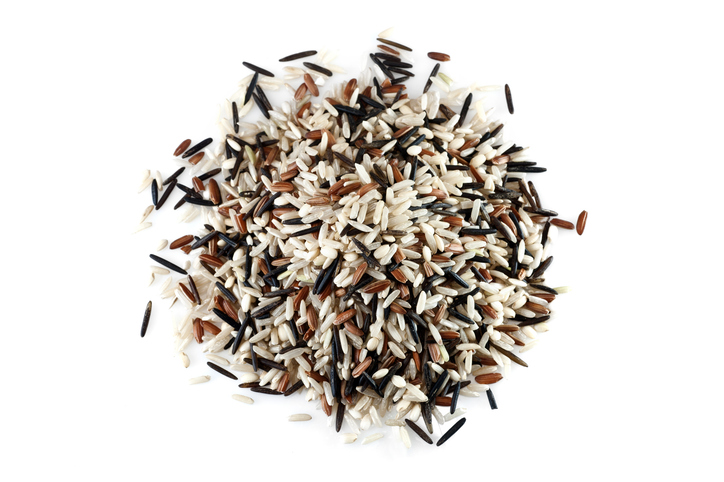
Zinc: Varies | Serving size: ½ cup, cooked
The amount of zinc in rice varies. A half cup of cooked brown rice contains less than 1 mg of zinc, but a half cup of cooked wild rice contains 1.1 mg.
These foods contain less than a gram of zinc
The following are foods most associated with internet searches for zinc that fall short of qualifying as “good” sources of the mineral.
- Quinoa (½ cup, cooked)
- White beans (½ cup, cooked)
- Almonds (1 oz.)
- Peanuts (1 oz.)
- Cottage cheese (½ cup, 2%)
- Potatoes (medium, baked)
- Green beans (½ cup, raw)
- Banana (medium size)
- Kale (1 cup, raw)
*These statements have not been evaluated by the Food and Drug Administration. This product is not intended to diagnose, treat, cure, or prevent any disease.
